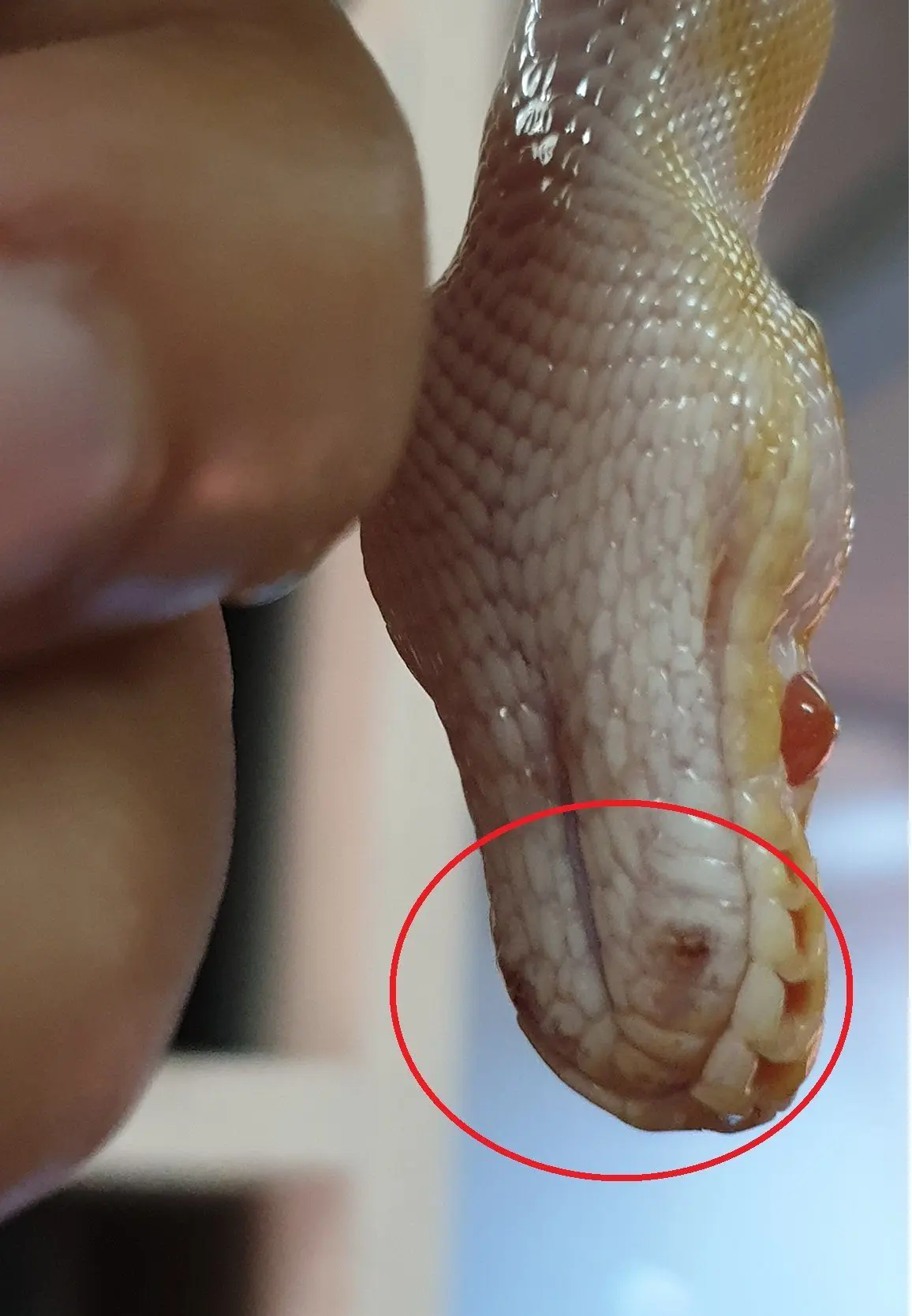Humidity is essential to survival, for humans and reptiles alike. Without water in the atmosphere, the surface temperature would be cooler.
Looking at your ball python’s natural habitat, it is essential to ensure you maintain optimal humidity levels to keep your pet happy and healthy. When humidity gets too high, your ball python is going to be uncomfortable and can be susceptible to a host of health issues.
Continue reading to find out how to lower the humidity in your ball python enclosure to provide optimum levels moving forward.
Ideal Humidity for Ball Pythons
Your ball python’s natural habitat is warm and humid. The natural moisture in the air ensures their skin remains hydrated while keeping their respiratory tract moist. This means when you bring a ball python into a captive environment, you want to ensure you keep humidity between 50% and 65%.
You want to provide a hot and cool side, so your python can move around his environment, as it would in the wild. The warm side of the enclosure will offer a higher humidity level than the cool side. You need to ensure that both sides remain within the optimum humidity levels.
What Happens When Humidity is Too High?
An environment with high humidity means your pet is living in a damp environment, which can result in mildew and mold growth.
The constant dampness on their bodies can result in scale rot, a bacterial infection, which if left untreated can result in death.
In addition to scale rot, with a very humid environment, your ball python is susceptible to respiratory problems.

Ball python scale rot
Reducing the humidity and keeping it within the safe levels of between 50% and 65%, the risk of your python getting sick from being in a too humid environment is eliminated.
How To Monitor Humidity Accurately
The best way to ensure you maintain optimum humidity levels in your ball python enclosure is to purchase two digital hygrometers, one for the cool side and one for the warm side. Digital hygrometers are quick and easy to read, enabling you to monitor the enclosure at all times.
A cost-effective option is the Zoo Med Labs Digital Thermometer Humidity Gauge, which monitors both your temperature and humidity levels with the help of a remote probe. The digital display is quick and easy to read, while the waterproof probe can handle the humid environment.
Another great option to monitor the humidity accurately in your ball python enclosure is the Govee Smart Hygrometer Thermometer. This hygrometer offers an accurate and fast response, refreshing every two seconds while notifying you if the humidity levels climb too high or drop too low. The three-inch LCD display makes it easy to read, ensuring you can monitor the humidity levels with confidence.
Ways to Lower Ball Python Humidity
The good news is that there are a number of simple ways you can lower the humidity levels in your ball python enclosure, these include:
Change The Way You Heat the Tank
Many ball python owners choose heat pads, as they are effective at heating the substrate and making your python warm and comfortable. But, as they heat the substrate, they increase humidity.
If you are using a heating pad, consider using a heat lamp or ceramic heat emitter (CHE) on the warm side as a heating source. These lamps and emitters are known to reduce humidity in the enclosure.
Water Dish
If you are struggling with the humidity in the enclosure, you can try two things when it comes to the water dish, you can:
- Move the water dish to the cool side of the enclosure
- Replace the current water dish with a smaller dish, placed it on the cool side
Don’t Use Moist Substrate
When you purchased your ball python, chances are it was recommended you use coco husk substrate, possibly adding in some sphagnum moss. These are great substrates for ball pythons, but they increase humidity levels.
Remove any moist substrate from the enclosure and replace it with paper towels. Paper towel is absorbent, quick and easy to clean and it doesn’t boost humidity levels.
Increase Ventilation
When it comes to increasing ventilation, you can try to increase ventilation both in the room and in the tank. Open up the doors and windows in the room or turn on a fan around the tank to see if that lowers the humidity on a hot day.

Alternatively, use a USB fan on the top of the enclosure to blow fresh air around the tank.
If your enclosure has a glass lid, change it for a screen lid. Never cover the top of the enclosure if you are struggling with high humidity levels.
Dehumidifier
You can also purchase a mini dehumidifier, which can be placed inside or outside the enclosure, such as the Eva-Dry Mini Dehumidifer which is new and improved.
This is an environmentally safe product that doesn’t have any messy spills and you won’t need to buy refills. It also comes with a ten year life span. The silent operation ensures it won’t make your pet uncomfortable.
It can reduce moisture up to five hundred cubic feet and is compact in size, making it ideal for your ball python enclosure.
Summary
As a ball python owner, you want to ensure your pet remains healthy and happy in its environment. Carefully monitoring your humidity levels reduces the risk of illness and disease.
If the humidity is too high, follow the tips above to lower the humidity levels to a safe level that will ensure the comfort of your pet.